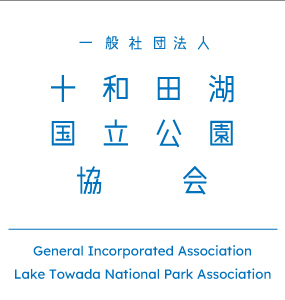
Yasumiya Area Sightseeing base for Lake Towada
Lake Towada accomodations and restaurants area
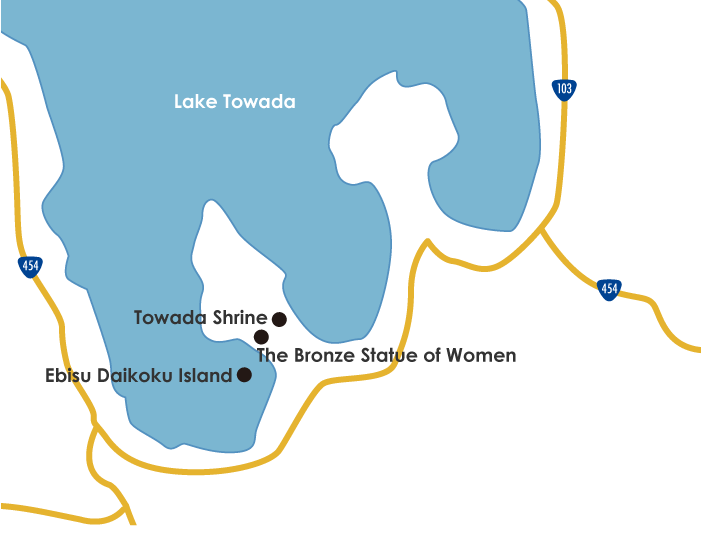
Introduction of This Area
It is located in the middle of the Ysumiya and Nenokuchi, and developed in the eastern inlet of the Ogura Peninsula, the Higashi Lake, and the Utarube River.
Full of activities where you can come in contact with nature, such as trekking, camping and canoeing. The nature seen from a distance is good, but the nature you feel when you sit is even more wonderful. In addition to spring, summer and autumn, walking in the winter while following the footprints of animals left in the snow is a valuable experience that can only be enjoyed in winter.
A shrine where legends dwell, and a cliff made of volcanoes are highlights of Lake Towada’s history.
If you enjoy exploring around, it is recommended that you relax at a guesthouse with a meal that focuses on locally grown Japanese trout and wild plants.
-
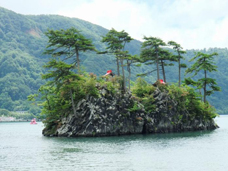
Lava island “Ebisu Daikoku Island”
Ebisu Daikokuj island is a beautiful small island looks like floating on the lake. This island was formed in the crater center during the activity of Towada volcano. The island can only grow plants that can withstand dry,nutrient-poor conditions.
Trees are a kind of five-leaf pine called Kitagoyo and azaleas, and the autumn leaves reflected on the surface of the lake are wonderful. -
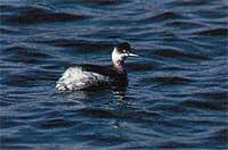
Birds at Gozengahama
In winter, waterfowl such as shore birds, buntings, white-tailed ducks, and grebes gather on the lake near Gozengahama. Birds that can dive and feed are suitable for this shallow lake. In the forest on the lakeside, you can see forest birds such as great tit, red pheasant, and woodpecker throughout the year.
-
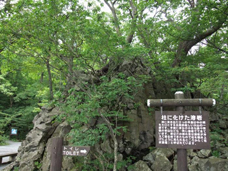
A pillar formed out of molten rock
If you go further along the lake, you will see a large rock mass on the right side of the maiden statue. Like Ebisu Daikokujima, it is lava (basaltic andesite), and the cracks in the rock surface are formed when the lava cools and hardens. It is called “columnar joint” because it looks like a stack of pillars.
-
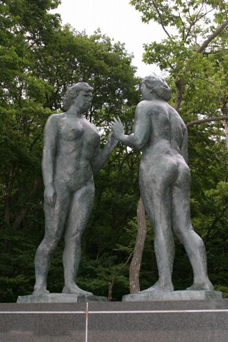
The Bronze Statue of Women
In the deepest part of Gozengahama, there is a pair of bronze statue of nude women “Otome no Zo” by Kotaro Takamura. In the fall of 1965, as a project commemorating the 15th anniversary of the designation of the national park, Towada Lake and Oirase were widely introduced to the world. It was built in the honor of the village chief, Mr.
Koichi Ogasawara, the governor of Aomori Prefecture at that time, Mr.Chiyosaburo Takeda, the great novelist in the Meiji period, Mr. Keigetsu Omachi. -
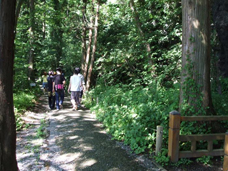
Lakeside Natural Woods
This forest, which passes from the back of the maiden’s statue to the Towada Shrine through a large forest, is a natural forest of deciduous broad-leaved trees that preserves the state of the forest on the lakeside of Towada, and is the home of many wild birds. Maples such as Katsura, dronoki, oak, linden trees, etc. can be seen.
-
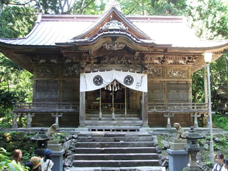
Towada Shrine
Towada Shrine has been known as a training place for monks since before the Kamakura era, and it was developed as a sacred place for Nanbu area in the Edo era.
From the middle of the “woman slope” leading to the shrine, climb the steep slope of the Hosoki stairs for 160 meters and you will see the Nakanoko Observatory. There is a wishing well on the lake shore under the observatory, and it is said that in the old days, you can see the future by the way the money sank. There is an iron ladder on the way to the camp, but it is prohibited from use. -
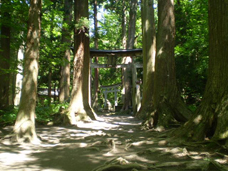
Promenade of Cedar Trees
From the shrine, head to the torii gate, which is lined with a large cedar tree. This cedar was planted in the Edo period, with an estimated tree age of about 250 years. It is about 900m to National road, and you can walk on the old road to the shrine.
On the right hand side of the approach to Great torii, there is a lava rock, and the contrast between the big Katsura tree and the orderly cedar trees is interesting.
Download the map
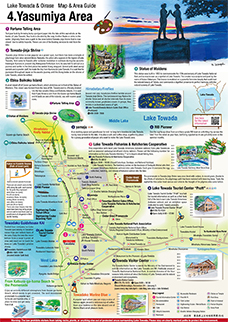
download >
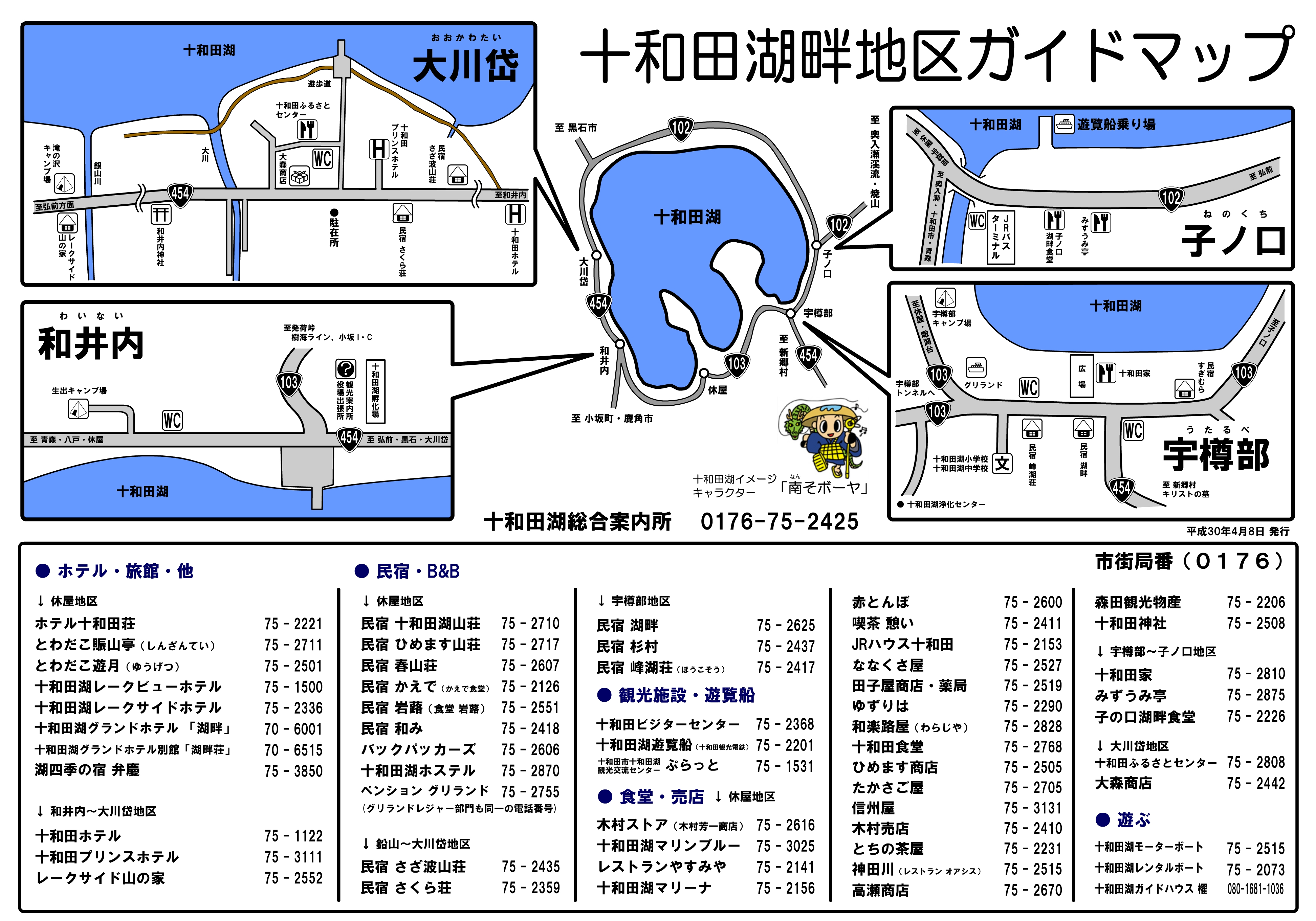
Only available in Japanese
download >
